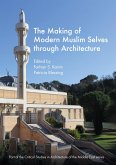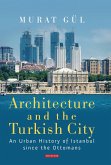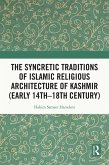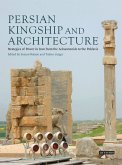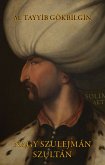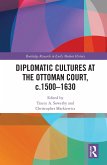The short lived Tulip Era breathed a new life into Ottoman social life and novel elements of art, architecture and new spaces of leisure and entertainment that both men and women could participate and enjoy emerged during the early 18th century. Later, during the 19th century, triggered by the state policies to establish closer relationship with European states, as well as by the royal urge to be seen and felt by their subjects more intensively and more interactively, these novelties in social life were predominantly adopted and instrumentalized by the ruling elite and found their reflection in major urban centers of the empire. With the emulation of the ruling elite by various classes and due to an increasing social mobility among classes, the new forms of entertainment and recreation gradually permeated into the rest of the society and ended up having a long-term impact on the Ottoman society.
Hence, during the 19th century, a modern urban life in Ottoman cities has emerged, shaped by these new forms of recreation and entertainment and by new regimes of visibility. Ripping open of their traditional nuclei in the second half of the 19th century, these urban centers accommodated -along with new trade, financial, industrial and residential facilities- different types of entertainment and recreation, ranging from opera to cinema and from concerts to sports. Thus the late-Ottoman cities witnessed the emergence of new architectural and urban facilities, such as theatres, opera houses, clubs, performance halls, sports fields, and public parks. These spaces of entertainment and spectacle represented the modernizing face of the empire and also embraced by the Republican elite after the foundation of the young Turkish Republic. These public/social spaces were utilized for the making of the modern Turkish nation.
This edited volume offers an analysis of the forms and spaces of spectacle, entertainment, and recreation during the late Ottoman and early Republican eras. Each article focuses on different forms on spectacle, entertainment or recreation in varied cities of Ottoman Empire or Republican Turkey. The edited volume aims not only to shed light on how such urban or architectural spaces were developed and shaped, but also to scrutinize their impact on social, cultural, urban life in the modernizing Ottoman Empire and Republican Turkey.
Part of the Critical Studies in Architecture of the Middle East series.
Hence, during the 19th century, a modern urban life in Ottoman cities has emerged, shaped by these new forms of recreation and entertainment and by new regimes of visibility. Ripping open of their traditional nuclei in the second half of the 19th century, these urban centers accommodated -along with new trade, financial, industrial and residential facilities- different types of entertainment and recreation, ranging from opera to cinema and from concerts to sports. Thus the late-Ottoman cities witnessed the emergence of new architectural and urban facilities, such as theatres, opera houses, clubs, performance halls, sports fields, and public parks. These spaces of entertainment and spectacle represented the modernizing face of the empire and also embraced by the Republican elite after the foundation of the young Turkish Republic. These public/social spaces were utilized for the making of the modern Turkish nation.
This edited volume offers an analysis of the forms and spaces of spectacle, entertainment, and recreation during the late Ottoman and early Republican eras. Each article focuses on different forms on spectacle, entertainment or recreation in varied cities of Ottoman Empire or Republican Turkey. The edited volume aims not only to shed light on how such urban or architectural spaces were developed and shaped, but also to scrutinize their impact on social, cultural, urban life in the modernizing Ottoman Empire and Republican Turkey.
Part of the Critical Studies in Architecture of the Middle East series.
Dieser Download kann aus rechtlichen Gründen nur mit Rechnungsadresse in A, D ausgeliefert werden.



